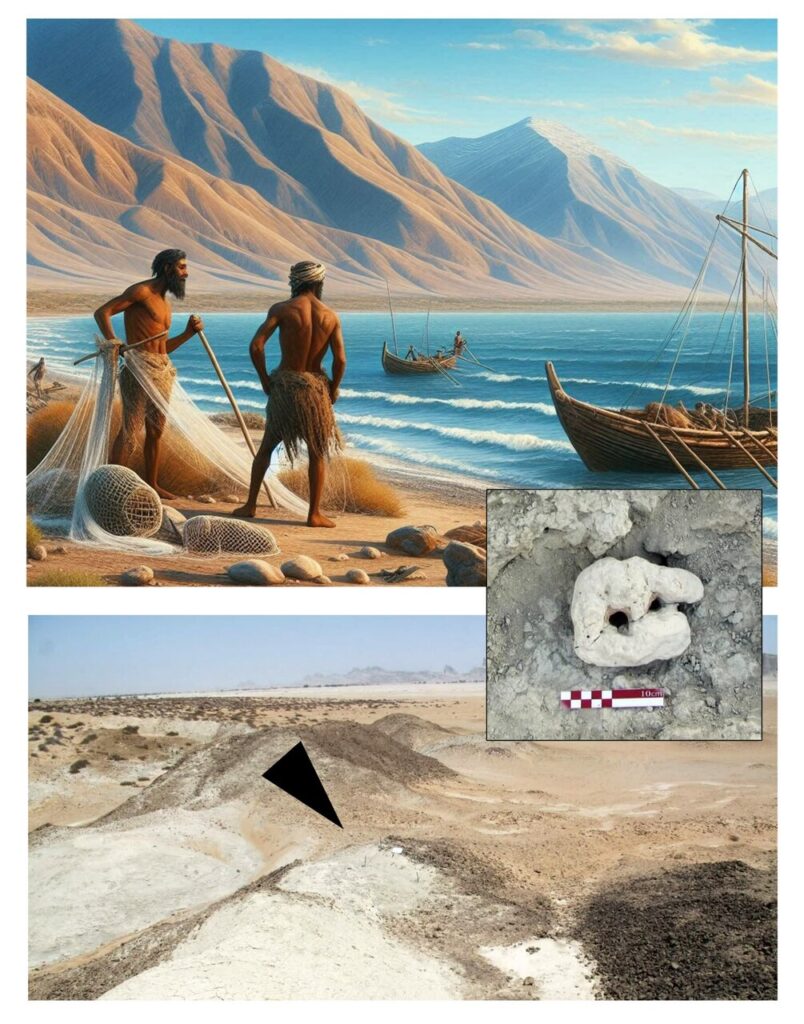Tehran – Archaeologists have discovered compelling evidence of ancient fishing and maritime activities along the Macran coast in southeastern Iran.
According to Mortaza Hessari, the head of the excavation team, they uncover important evidence of fishing and maritime activities over various cultural periods during an ongoing investigation at the Copal site on the Macran coast (Dashtiari district, Sistan Balusestan).
Hessari said: “These findings include unprecedented evidence of not only Paleolithic stone tools but also fishing gear such as fishing hooks and net weights, indicating the sustained use of marine resources in this prehistoric region.”
He added: “Along with a collection of shells, marine animal bones and ceramic fragments dating back to the 4th millennium BC, fishing weights were found. Laboratory studies of these marine bodies could provide valuable insight into the aquatic species exploited by the residents of the area during the late prehistoric period.”
Hessari emphasizes the urgency of the research, explaining: “Unfortunately, the Copal Site is at risk of destruction due to the construction of new roads. This is why rescue excavations have begun under the framework of a research project by the Institute of Cultural Heritage and Tourism to salvage some of this at-risk heritage.”
The Excavation Director also recognized the local government and said, “The unwavering cooperation between the Governor of Dashtiari County, especially the honorable Governor Abdraziz Miai, Chabahar Cultural Heritage Department and Macran Heritage Base is pivol in moving forward with this project.”
In conclusion, Hessari expressed his hope. “We hope that the continuation of such research will pave the way for the establishment of the Cultural Heritage Research Centre in Macran, which could serve as a hub for investigating and preserving the unique heritage of the region.”
Known in Persian as Sabahel-e-Macolan, Iran’s Macran coast is a semi-arid coastal belt along the coast of the Sea of Omani.
morning

